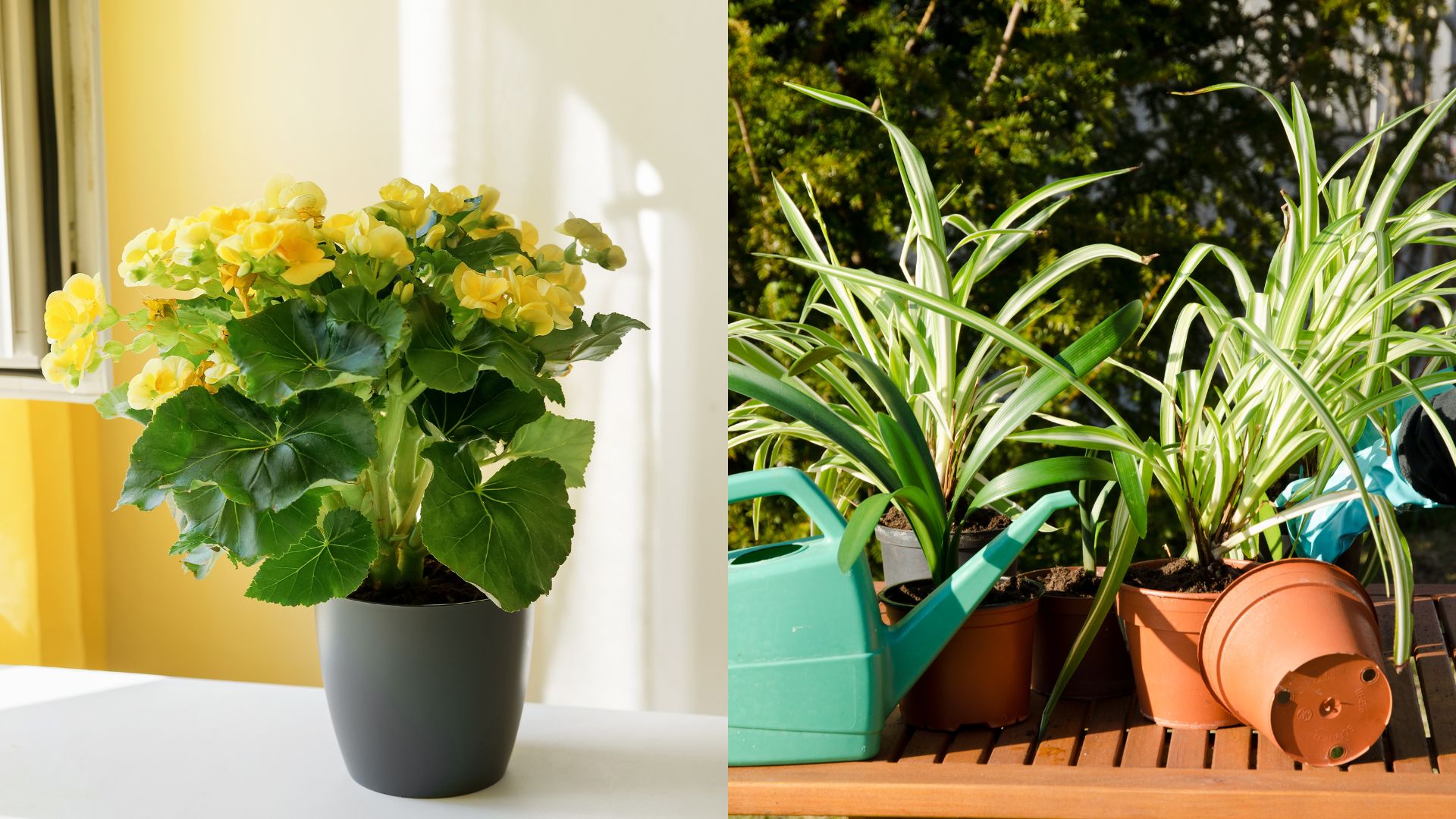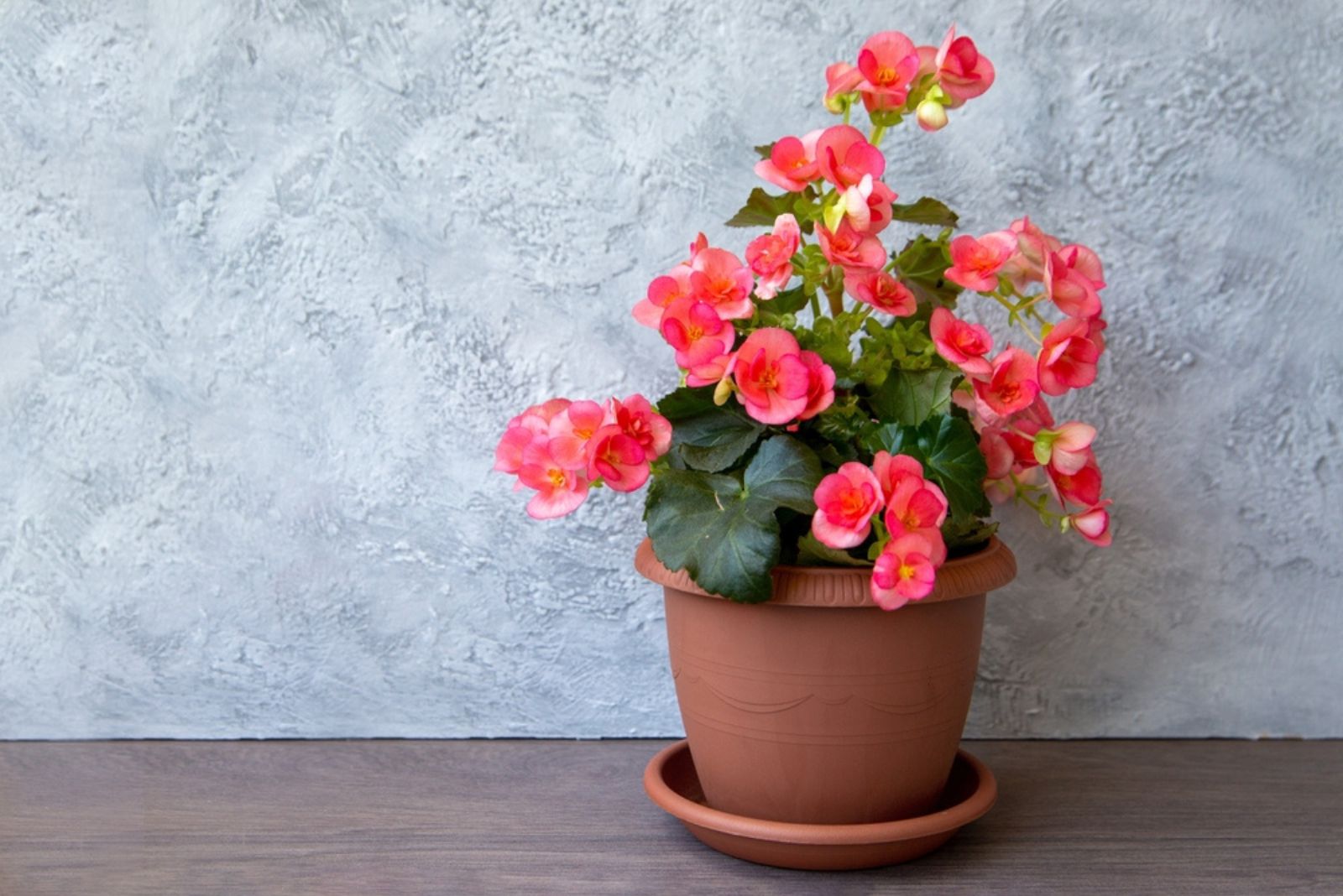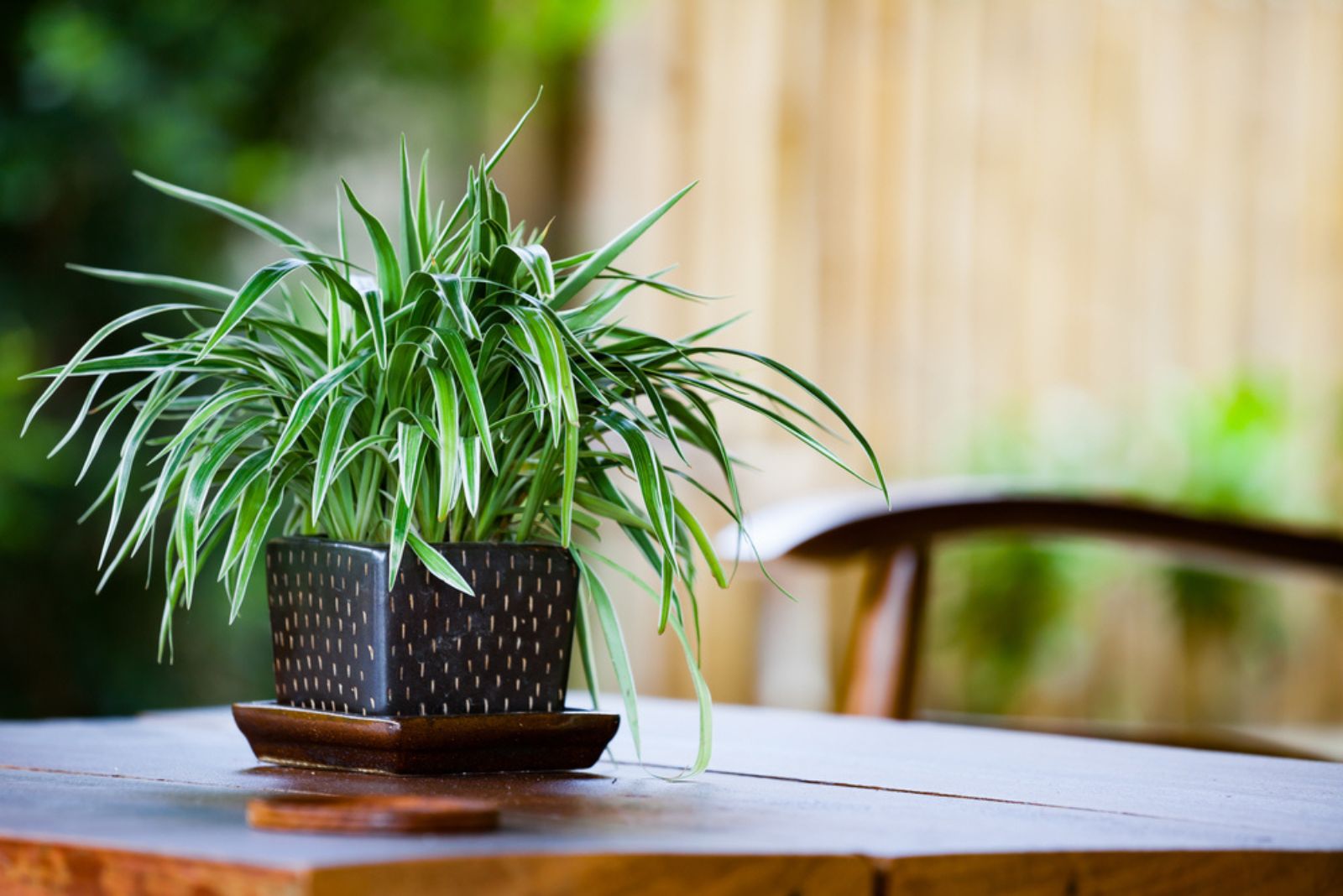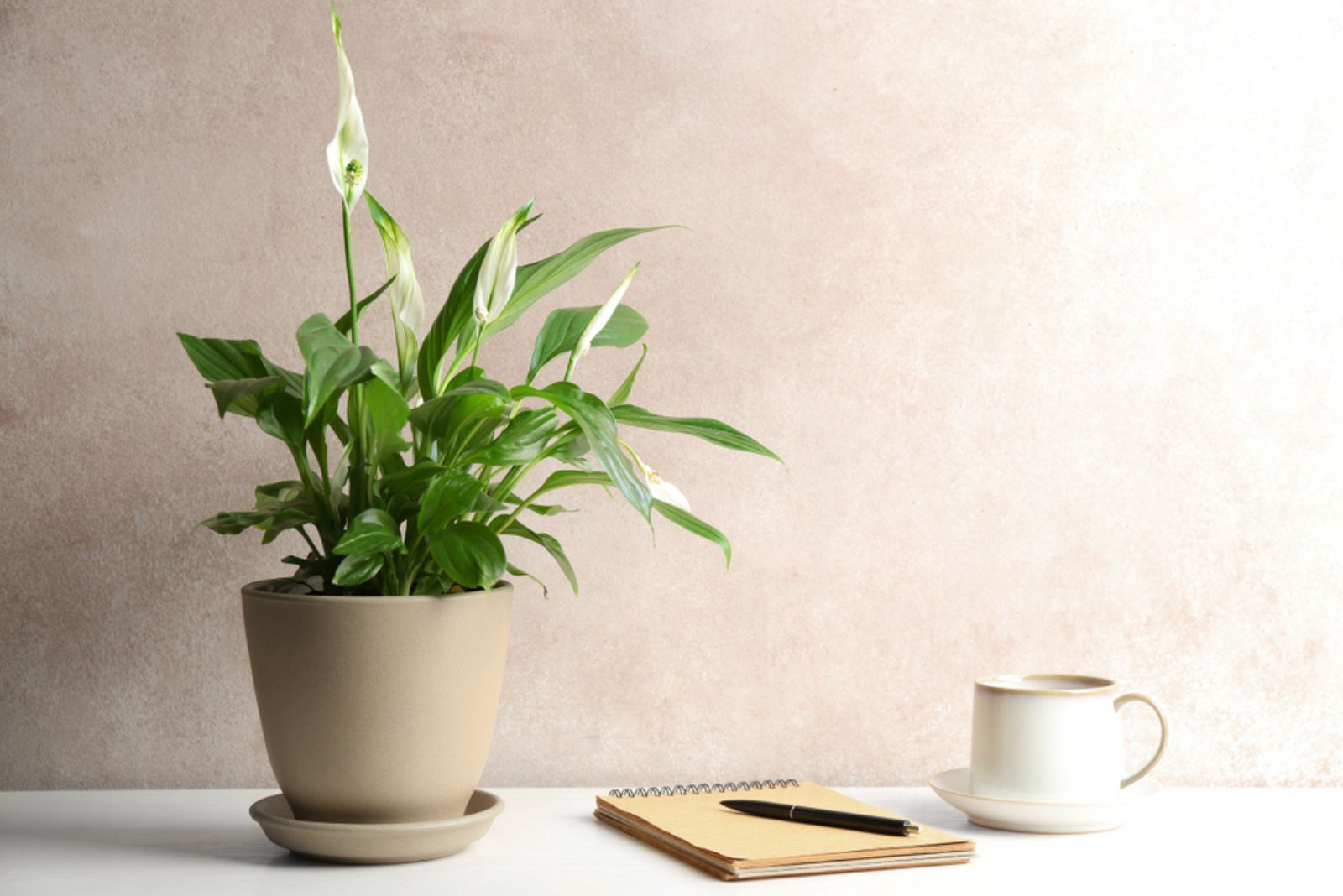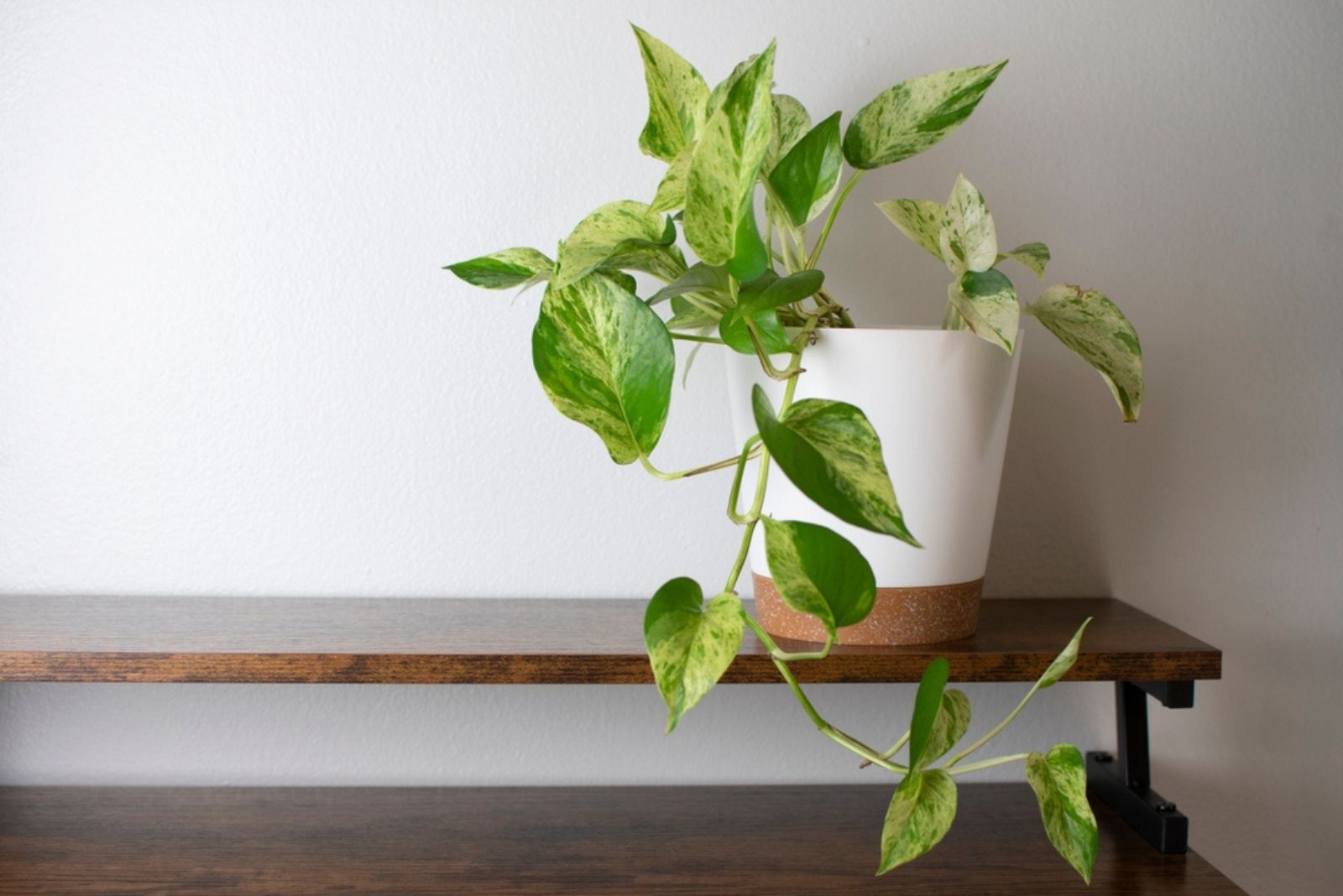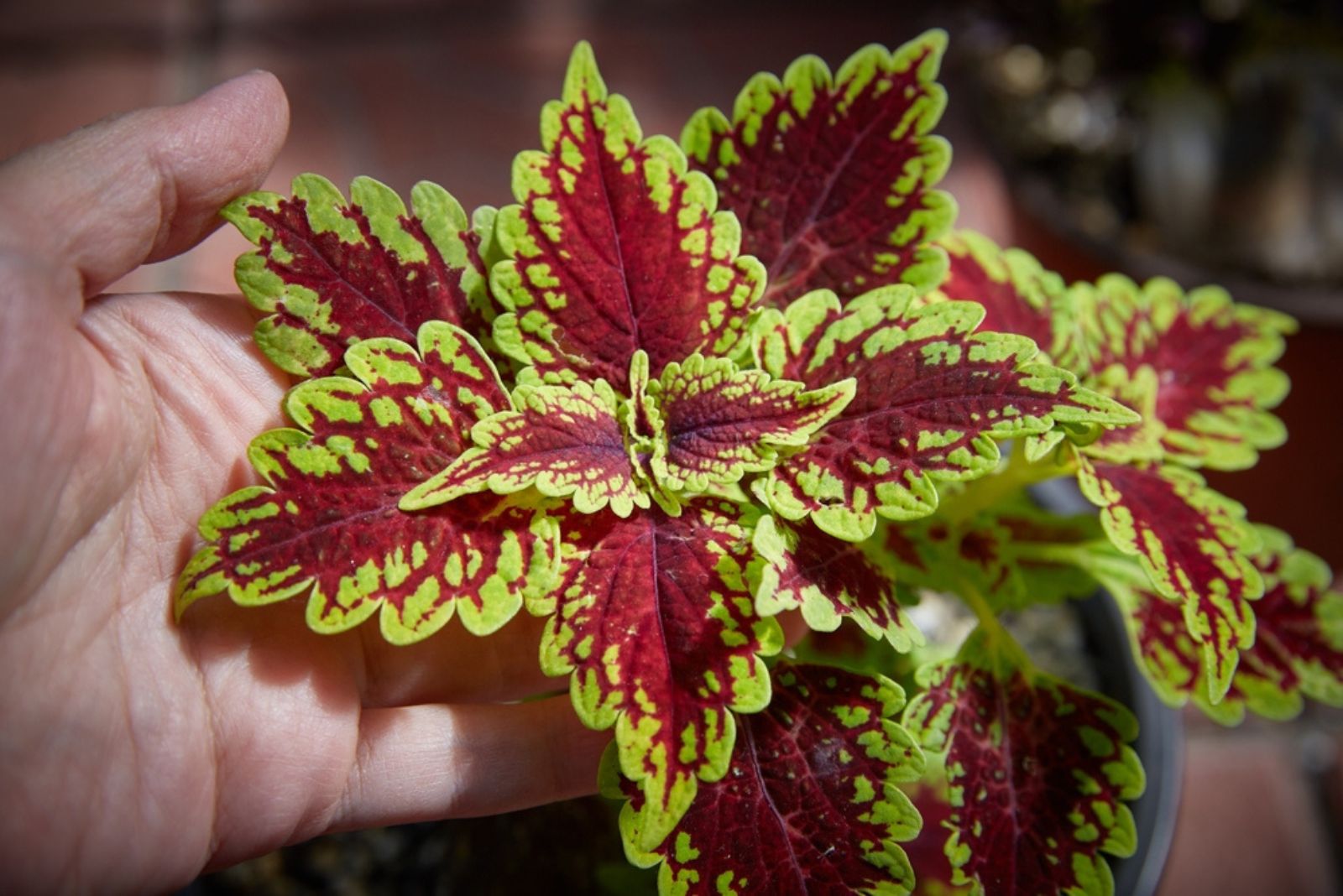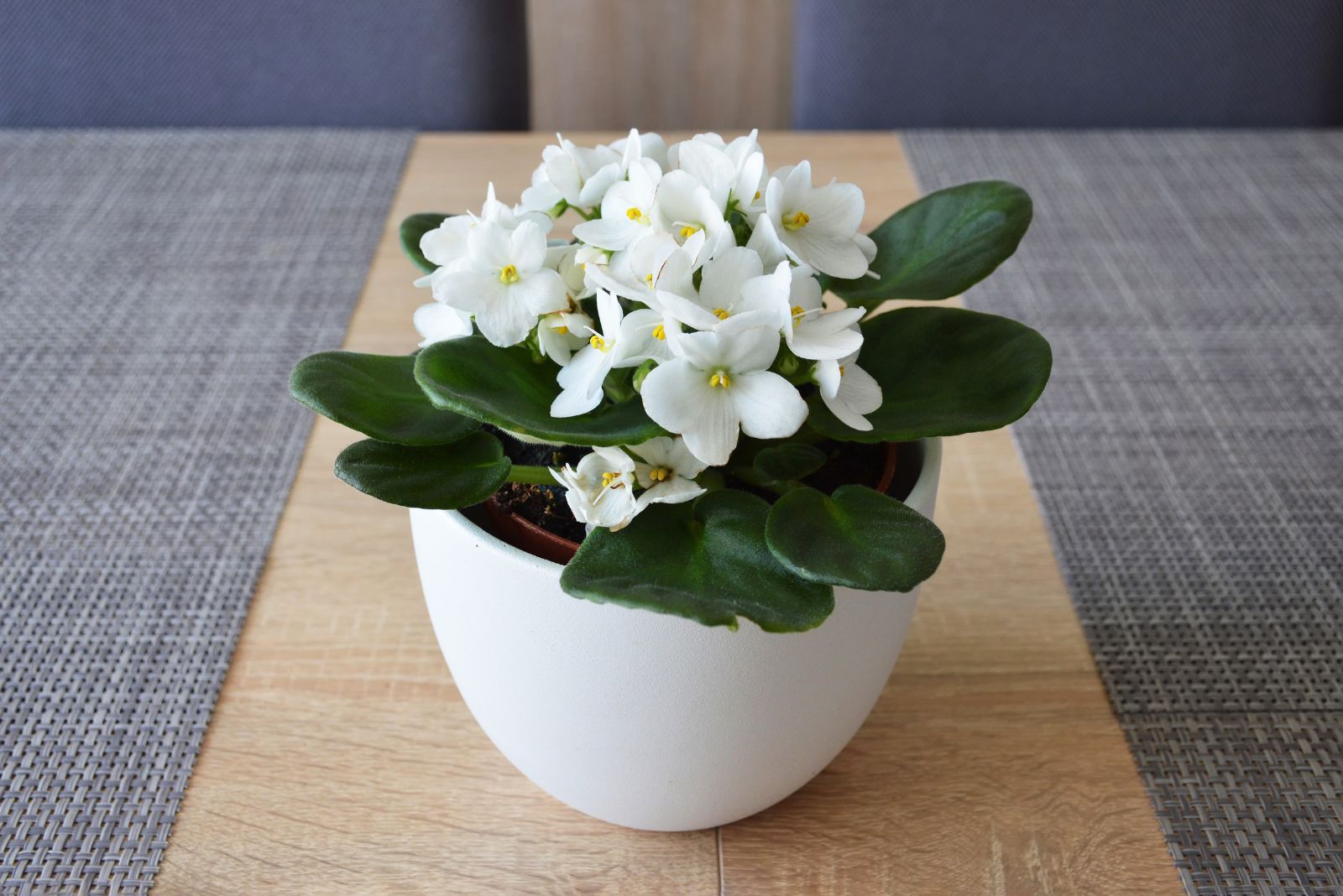Would you like to enjoy the beauty of indoor plants without soil? If so, then you should definitely consider growing one of these plants that can grow in water. Don’t mistake these for aquatic plants – these beauties can grow both in soil and water!
So, if you don’t want to get your hands dirty dealing with soil, opt for these houseplants that can grow in water successfully. Don’t worry, their plant care is relatively similar – you will just have to change the water more frequently.
Nonetheless, we will talk more in depth about these indoor plants that grow in water, and how to take care of them.
Let’s get started!
1. Fiddle Leaf Fig
Light requirements: Bright, indirect light
Temperature requirements: Warm indoor temperature (65-75°F)
Special note: Fiddle leaf fig have air-purifying properties
Let’s start with the popular Fiddle leaf fig, a plant that is not so easy to track down.
This plant produces large and glossy violin-shaped leaves that can make any room look more lively. FLF likes moist and warm conditions, so it’s pretty normal to grow it in the water.
First, start off by propagating it in water. After only four weeks, you will be able to see tiny roots growing at the base of the stem cutting. For the next few weeks, roots will just keep on growing and growing!
Make sure that the roots are submerged. Remember to change the water every few weeks to prevent stagnation.
If you are still not convinced, please read: Fiddle Leaf Fig Benefits: Why You Should Grow This Amazing Plant
2. Begonia
Light requirements: Indirect light
Temperature requirements: Maintain a temperature between 60-75°F for optimal growth.
Special note: Begonias appreciate higher humidity levels, so consider misting them occasionally.
Let’s add some color to our mix!
Begonias are popular flowering plants that produce delicate flowers and unusual leaves. There are around 1000 different begonia species, all with unique color patterns and leaves. Red, white, yellow, and pink are the most common begonia colors.
If you have one begonia leaf, you can put it in the water. It will take a few months to form roots. But once they do form their roots, begonias will just keep on growing!
Please keep in mind that you should change the water regularly and avoid exposing them to direct sunlight. Here’s how to keep begonias blooming.
3. Spider Plant
Light requirements: Bright, indirect light is ideal, but it can tolerate low light conditions
Temperature requirements: Keep them in a room with temperatures between 60-75°F
Special note: Spider plants produce “spiderettes” or plantlets that can be propagated to create new plants
Here’s yet another plant species known for its mesmerizing leaves and adaptability to different conditions. Spider plants produce arching, variegated leaves that can truly fit into any home decor.
These are the easiest plants to grow in water, making them ideal for all the beginners out there. Simply stick spiderettes in the water and watch them grow. Submerge the roots in water, ensuring the base of the plant is above the water line. Change the water every few weeks.
4. Peace Lily
Light requirements: Indirect, bright light
Temperature requirements: Maintain a temperature range of 65-80°F
Special note: Peace lilies can be sensitive to chlorine in tap water, so consider using dechlorinated water.
Peace lilies are one of the easiest plants to grow in the water. These tropical plants are known for their elegant, white, hood-like blooms and dark green, lance-shaped leaves. Besides their aesthetics, peace lilies bring peace and harmony into your home.
You can find a wonderful vase that matches perfectly with your Peace lily’s vibe, but you can also use elegant jars to grow them. Make sure that the base of the plant is above the waterline and that only the roots are submerged in the water.
Avoid getting the leaves wet because extra moisture can attract fungal diseases. Remember to change the water every once in a while to prevent stagnation.
This also might be helpful: Why Is My Peace Lily Drooping? Find Out Causes And Solutions
5. Pothos
Light requirements: Bright, indirect light
Temperature requirements: Can tolerate a range of temperature between 60-85°F
Special note: Pothos are a type of money plant that can attract fortune and prosperity to your home
Pothos plants, otherwise known as Devil’s ivy plants, are a popular choice amongst plant enthusiasts all over the world!
These easy-to-care-for vining plants produce heart-shaped leaves with unusual variegations. They are great choices for beginners since they can grow in various conditions, including in water.
Just make sure to use a vase with clean, room-temperature water. Remember to change the water regularly and to keep it out of direct sunlight exposure. Soon, your pothos will be growing and thriving!
6. Coleus
Light requirements: Bright, indirect light
Temperature requirements: Prefers temperatures between 60-75°F
Special note: Opt for hydroponic coleus, a variety that can grow in the water
Coleus are a type of plant that can grow in almost any garden or backyard. These plants love the heat and can endure different growing conditions. When cultivated indoors, coleus can brighten up your place with their vibrant flowers and foliage.
Water propagation is relatively easy – simply take a six-inch coleus cutting and put it in a vase or jar filled with water. Ensure that at least two knots are submerged in the water. Put your new coleus in a place with enough indirect light.
Change the water after two or four weeks or if it gets cloudy. You can also pinch back the tips and encourage bushier growth.
7. African Violet
Light requirements: Bright, indirect sunlight
Temperature requirements: Keep them in a temperature range of 65-75°F
Special note: You can remove spent flowers and yellowing leaves to encourage continuous blooming.
African violets are small, charming houseplants with delicate, fuzzy leaves and beautiful, colorful flowers. They are known for their ability to bloom year-round and are a favorite among indoor gardeners.
To grow African violets in the water, start with young, healthy leaves that are trimmed to about two inches from the stem. Keep the leaves dry and you will notice that the roots start to form after about a month.
You might also find this interesting: Meet 20 Acid Loving Houseplants, Garden Plants, And Vegetables

